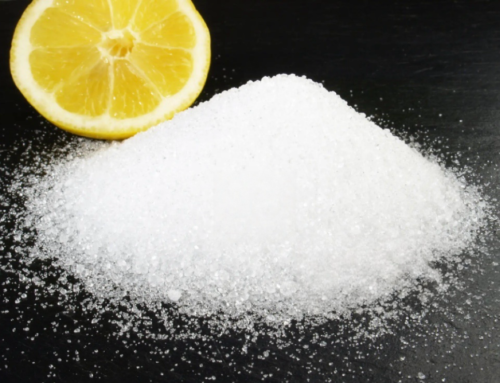 Ammonium citrate, also known as triammonium citrate, is a chemical compound made up of ammonia and citric acid. It has the molecular formula (NH4)3C6H5O7 and is usually found in a white crystalline form. This versatile compound has a wide range of uses in various industries, including food and beverage, photography, medicine, and cleaning.
Ammonium citrate, also known as triammonium citrate, is a chemical compound made up of ammonia and citric acid. It has the molecular formula (NH4)3C6H5O7 and is usually found in a white crystalline form. This versatile compound has a wide range of uses in various industries, including food and beverage, photography, medicine, and cleaning.
-
Food and Beverage
One of the most common uses for ammonium citrate is as a food additive. It is used as a leavening agent in baked goods, which means it helps them rise by releasing carbon dioxide gas. When added to baked goods, it reacts with baking soda to create bubbles that make the product light and fluffy. This reaction also neutralizes the acidity of the batter or dough, making it less harsh on your stomach.
Ammonium citrate is also used as a flavoring agent in some foods and beverages because it has a tangy taste similar to lemon juice. It is commonly used in soft drinks, where it helps regulate the pH levels and creates a foamy head.
-
Photography
Ammonium citrate has played an important role in the history of photography. It was used extensively in the 19th century as an essential component of photographic emulsions. When combined with silver nitrate, it forms a photosensitive compound that can be used to create prints on paper or other materials.
Today, ammonium citrate is still used by photographers who practice alternative photography processes. These techniques involve creating images using non-traditional methods, such as cyanotype printing or gum bichromate. In these processes, ammonium citrate is used as an essential ingredient in the sensitizing solution that’s applied to the paper.
-
Medical Uses
While not a commonly used medical treatment, ammonium citrate does have some potential health benefits. In one study, it was found to be effective in reducing the formation of kidney stones in rats. Other research has suggested that it may have antioxidant properties and could potentially help protect against certain diseases.
Ammonium citrate is also used as a component of some medications. For example, it is sometimes included in laxatives to help relieve constipation. It can also be found in some cough syrups, where it acts as an expectorant to help loosen mucus and phlegm in the lungs.
-
Cleaning
Another common use for ammonium citrate is as a cleaning agent. Its acidic properties make it effective at breaking down tough stains and removing mineral buildup. You can find it in products like rust removers, oven cleaners, and toilet bowl cleaners.
When used as a cleaning agent, ammonium citrate is typically combined with other chemicals such as surfactants, which are compounds that help break up dirt and grease. It’s important to use caution when working with ammonium citrate, as it can be harmful if ingested or inhaled.
Conclusion
In conclusion, ammonium citrate is a versatile chemical compound with a wide range of uses. From making your favorite baked goods light and fluffy to aiding in the creation of photographic prints to helping keep your home clean, this chemical has countless applications. While it’s not commonly used in medicine, there is some evidence to suggest that it may have potential health benefits. Whether you’re a scientist, photographer, or just someone who likes to bake, ammonium citrate is definitely worth learning more about.




